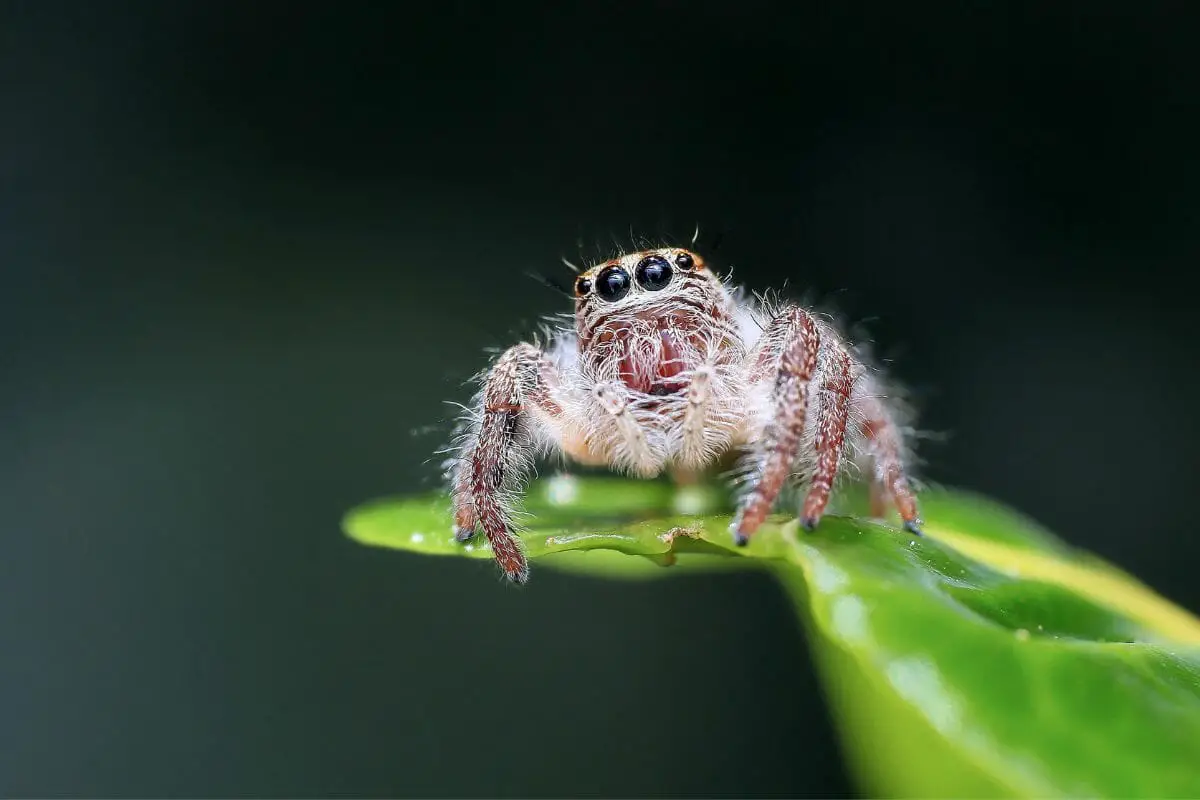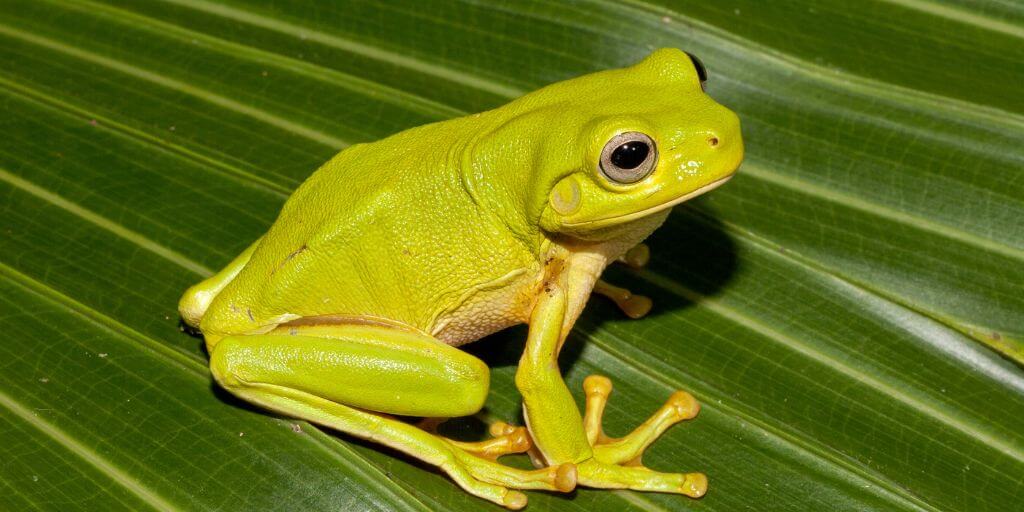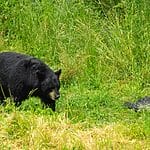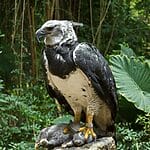Jumping is a remarkable skill found in many animals, but not all creatures are made equal when it comes to this ability. Some leap to impressive heights or lengths, driven by the need to hunt, escape predators, or move through their habitat efficiently. Yet, for many people, it can be surprising to learn which animals top the list of powerful jumpers.
For instance, did you know that a tiny insect like the flea can jump up to 200 times its body length? This is equivalent to a human leaping over a 30-story building. Understanding how such diverse creatures manage this feat can be both fascinating and perplexing.
If you’ve ever wondered how frogs, kangaroos, or even house pets like cats measure up in the world of jumping, you’re in the right place. In this article, we’re diving into the details of animals that leap with precision and power, and what makes them extraordinary.

Wallabies
Although wallabies are very similar to kangaroos, they are different animals and shouldn’t be confused for the same species.
Like kangaroos, wallabies are amazing jumpers and they also have very powerful hind legs that they use to help them move and travel across long distances.
Wallabies are active around dusk and dawn and they are prey to a variety of animals, such as feral cats and wild dogs.
Wallabies don’t only use their strong legs for leaping, however, as they can also use them as a defense system against these predators.
They usually reach lengths of 18 to 41 inches and can leap distances of up to nine and a half feet! They can also reach speeds of up to 30 miles per hour as they jump.
Hares
Another animal that is commonly associated with jumping is the hare. These creatures are very similar to rabbits but are bigger in size and have both longer ears and longer hind legs. T
hey can be found across North America, Europe, and parts of Asia.
For their size, hares are incredibly fast and able jumpers. Most hares are only around 16 to 28 inches from head to tail but they can jump up to 11 feet in a single bound.
They can even reach speeds of up to 45 miles per hour when they get going!
Hares are generally solitary animals and instead of creating burrows, they live in open fields and use scattered brush, called forms, for shelter.
Hares have many predators that prey on them and although their speed helps them stay safe, they are still occasionally caught.
Kangaroos

Kangaroos are arguably the most famous jumping animals in the world. These large marsupials are native to Australia and New Guinea and there are several different species.
The largest is the red kangaroo which can grow to over five feet tall and weigh nearly 200 pounds.
Despite their large size, all types of kangaroos are powerful jumpers. They have thick and powerful hind legs that allow them to hop at surprisingly high speeds.
Kangaroos can jump distances of 30 feet and reach heights of up to 11 feet!
Kangaroos are one of the few animals that use hopping as their main mode of transportation and they are by far the largest that do so.
Their large size and weight is no barrier when it comes to jumping as these powerful animals can move across large distances without getting tired.
They’re also able to do all of this on a diet of vegetation. Although the exact composition of their diet differs from species to species, all kangaroos are herbivores and they’re also very solitary creatures.
Bharals
Also known as blue sheep, bharals are a caprine that is native to the high Himalayas and can be found inhabiting the cliffs and hills.
They rarely venture away from these cliffs as the cliffs give them some protection against potential predators such as snow leopards.
Bharals can leap from one cliff to another, allowing them to escape any predator that tries to catch them.
This can be very nerve-wracking to watch, but bharals are very surefooted and are able to navigate even some of the most dangerous cliffs.
They can jump lengths of up to two meters, allowing them to jump from rock to rock.
The diet of bharals mainly consists of grass, however, if this is in short supply they will also eat other vegetation such as herbs and shrubs.
Klipspringers

These are rock-climbing antelope that are found in mountainous areas across eastern and southern Africa.
Like the bharals, klipspringers are very agile across rocks and they have feet that are specially designed for jumping and walking across landscapes that are steep.
If they do fall, they are cushioned by their thick coats which serve as a thin layer of armor and protect them.
They’re pretty small for antelope as they only grow to between 17 to 23 inches high. Despite this, they can leap distances of up to 25 feet.
This means that when we compare body size to jumping distance, klipspringers can reach the highest distances of all mammals.
They are herbivores that feed on fruits, flowers, and plants. Klipspringers are preyed on by many animals such as leopards and jackals.
However, their leaping skills and ability to make loud and startling noises help to protect them.
Crickets
There are many similarities between grasshoppers and crickets and the two species are distant relatives.
Like grasshoppers, crickets also can jump much further than their body size would suggest. Crickets are generally under two inches long but they can jump up to three and a half feet.
Crickets are nocturnal insects and eat an omnivorous diet. They can consume larvae, fruit, and seeds.
Frogs

These green amphibians are also very famous for their ability to jump.
There are over 7,000 different species of frogs and they can be found in a wide variety of habitats around the world. They’re most commonly found near tropical forests, however.
Frogs have an average length of around three inches but they can jump up to an amazing 10 feet. The actual length of their jumps can differ greatly from species to species.
The frog species that can jump the furthest in relation to its body length is the South African sharp-nosed frog. These spectacular frogs can leap distances that are around 44 times their body length.
The main reason why frogs use their leaping ability is to avoid predators.
Jumping Spiders
If you’re scared of spiders, the idea of jumping spiders might be terrifying to you! Thankfully, jumping spiders are very tiny spiders as most are under half an inch in length.
Even the largest jumping spiders will only reach just under an inch. Their bodies and legs are covered in fur and these small spiders can be found all around the world.
Jumping spiders can jump lengths of up to 10 inches, meaning that some of them can jump distances that are up to 50 times their body length.
Their eight legs have a hydraulic system that propels them into the air and allows them to reach these great distances.
There are many reasons why jumping spiders jump. They can jump when threatened and they also jump to hunt the insects that make up their diet. Jumping spiders can also jump for fun!
Grasshoppers
With a name that ends in ‘hopper,’ it’s no surprise that grasshoppers can hop! Grasshoppers have been around for a long time and can be dated back to over 250 million years ago.
They’re herbivores that largely consume vegetables, pasture, and cereals.
Grasshoppers have powerful hind legs that allow them to leap several times higher than their height.
The largest grasshoppers can grow up to four inches long but on average, they’re two to three inches in length. Despite this small size, they can leap distances of around two and a half feet.
The reason for this amazing jumping ability is that their legs act as mini-catapults. Grasshopper knees are designed to store energy when they bend their knees.
When the knee is then straightened, this energy is released and this helps them to catapult themselves far into the air.
Dolphins

These aquatic mammals live their lives in the ocean so their form of jumping is very different from the other animals that we’ve included on this list so far.
If you’ve ever been dolphin-watching or have seen a nature documentary that features them, you will have no doubt seen how dolphins can jump out of the sea.
Dolphins do this so that they can see above the water for navigation purposes and also see animals or features in the distance. They often use jumps to search for prey.
Dolphins can swim at fast speeds of around 25 miles per hour and when they jump, they can reach heights of between 15 to 30 feet.
Cougars

Cougars, also known as mountain lions, are exceptional jumpers. They can leap up to 18 feet (5.5 meters) vertically and cover distances of up to 40 feet (12 meters) horizontally.
These abilities help them navigate rocky terrain and ambush prey like deer. Their strong hind legs and muscular bodies contribute to their agility and power.
With the ability to jump 23 feet (7 meters) high from a running start, cougars are among the highest jumping mammals. Their impressive leaping skills are vital for survival, enabling them to move through forests and mountainous regions with ease.
Impalas
Impalas are medium-sized antelopes native to Africa, known for their remarkable jumping ability. They can jump up to 10 feet (3 meters) high and cover horizontal distances of 33 feet (10 meters) in one leap.
This skill helps them evade predators such as lions and cheetahs by leaping over obstacles or other impalas. Their powerful hind legs give them the strength to perform these incredible jumps with minimal effort.
Impalas use their leaping ability not only for escape but also for moving efficiently across the savanna, making them one of the most agile land animals.
Fleas

Fleas, despite their small size, are among the best jumpers in the animal kingdom. They can leap up to 200 times their body length, which equates to about 7 inches (18 centimeters) vertically.
This is possible due to their long hind legs and a unique protein, resilin, which acts like a spring, storing energy before a jump. When the energy is released, the flea is propelled forward with great force.
Fleas rely on their extraordinary jumping abilities to move between hosts quickly, making them highly effective in their survival and ability to spread.
Froghoppers
Froghoppers are small insects known for their impressive jumping skills. They can leap up to 28 inches (70 centimeters) vertically, which is about 115 times their body length.
This is achieved through rapid movements of their specialized hind legs, which are longer than their other limbs. These legs contain powerful muscles that allow the froghopper to launch itself into the air in less than a millisecond.
This rapid take-off and powerful jump make froghoppers some of the best jumpers in the insect world, using their agility to escape predators and navigate their environment effectively.
FAQs
Which animal is jumping?
Many animals exhibit jumping behavior, including kangaroos, hares, and frogs. Jumping serves various purposes such as escaping predators, moving efficiently, and capturing prey. Each species has evolved unique adaptations to maximize their jumping ability, making it an essential part of their survival.
Which animal can jump 10 feet?
Frogs are notable for their incredible jumping abilities, with some species, like the South African sharp-nosed frog, capable of jumping up to 10 feet. These powerful leaps help them evade predators and navigate their environments efficiently, showcasing their remarkable strength and agility.
What animals move by hopping?
Kangaroos and wallabies are prime examples of animals that move by hopping. Using their strong hind legs, they cover vast distances quickly and efficiently. Hopping helps them conserve energy while navigating their habitats, making it a preferred mode of locomotion for these marsupials.
Final Thoughts
In this article, we introduced several different animals that can jump, leap, and hop. Many of the animals are incredible jumpers when compared to their size and weight and use jumping as their primary mode of locomotion.
Other animals only use their ability to jump in certain circumstances and can only cover shorter distances.
We hope that this article has taught you about some interesting animals that can jump.
- What Should I Do If A Koala Bites Me? Safety Guide - 2024-05-30
- Are Kangaroos Born Without Hind Legs? A Fascinating Journey - 2024-05-30
- Animals That Look Like Squirrels - 2024-05-30








